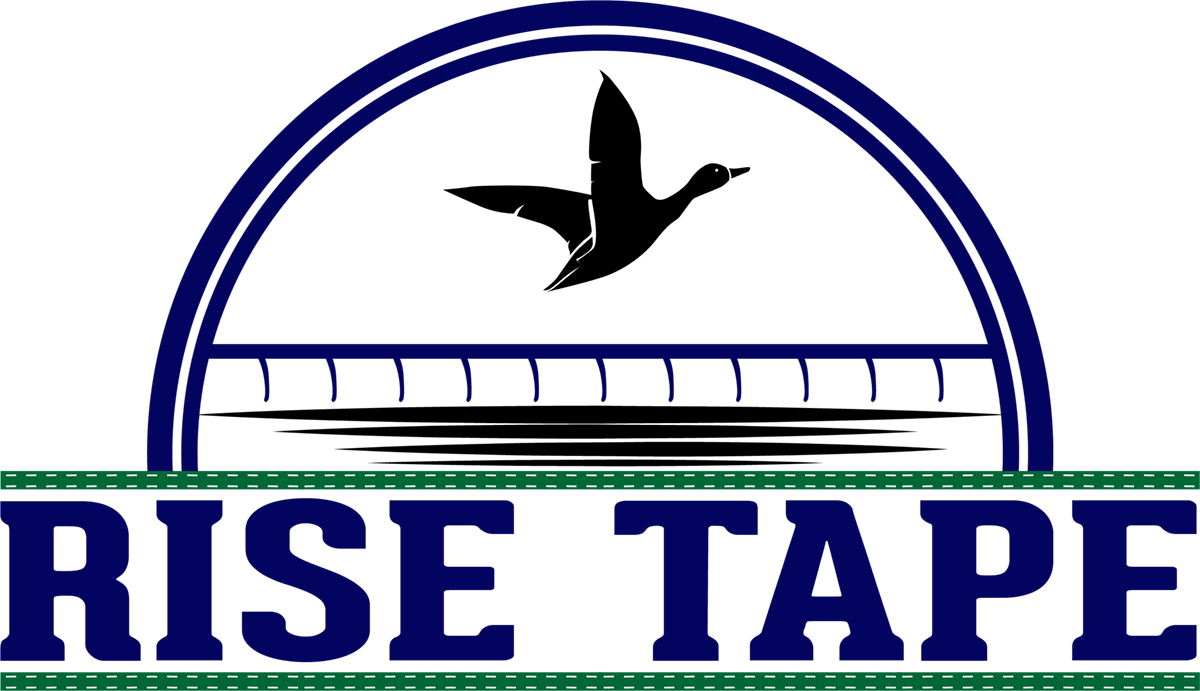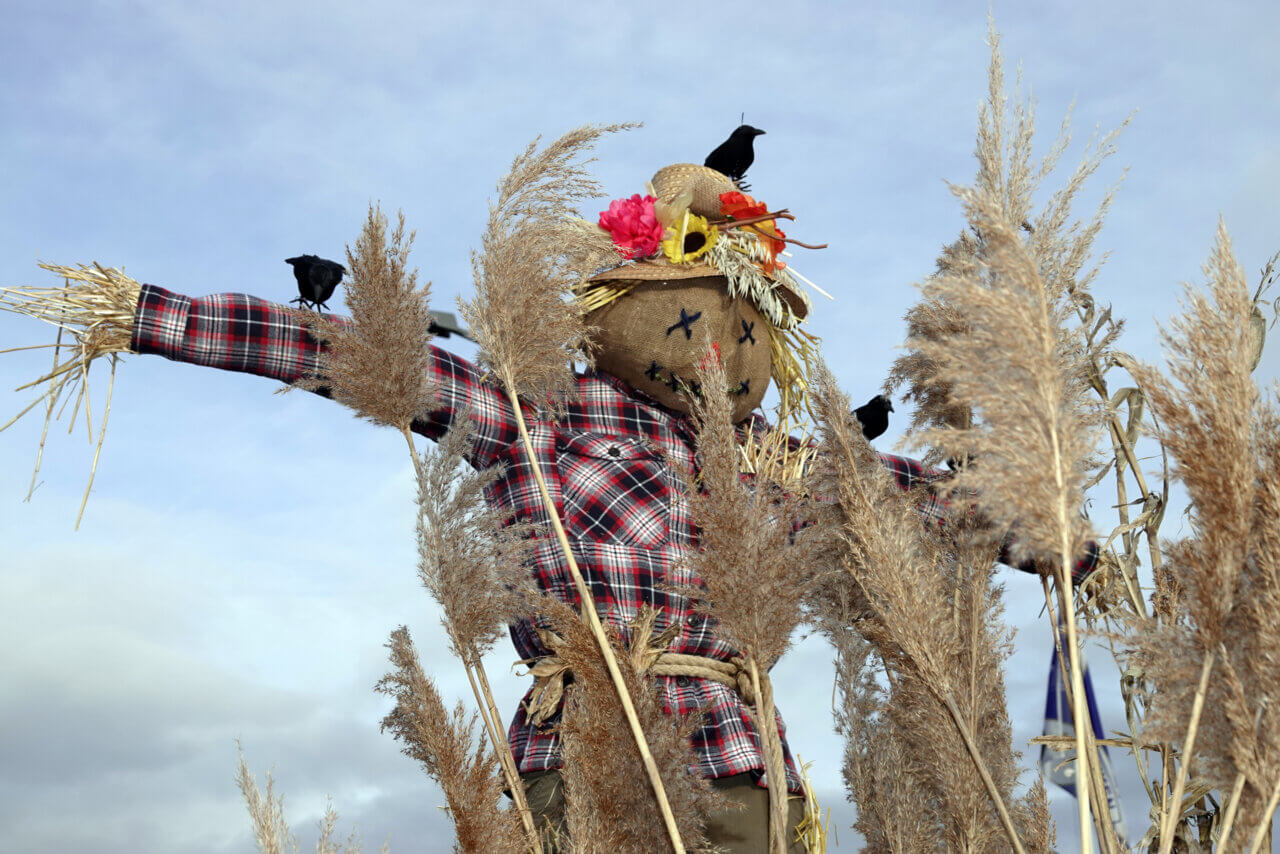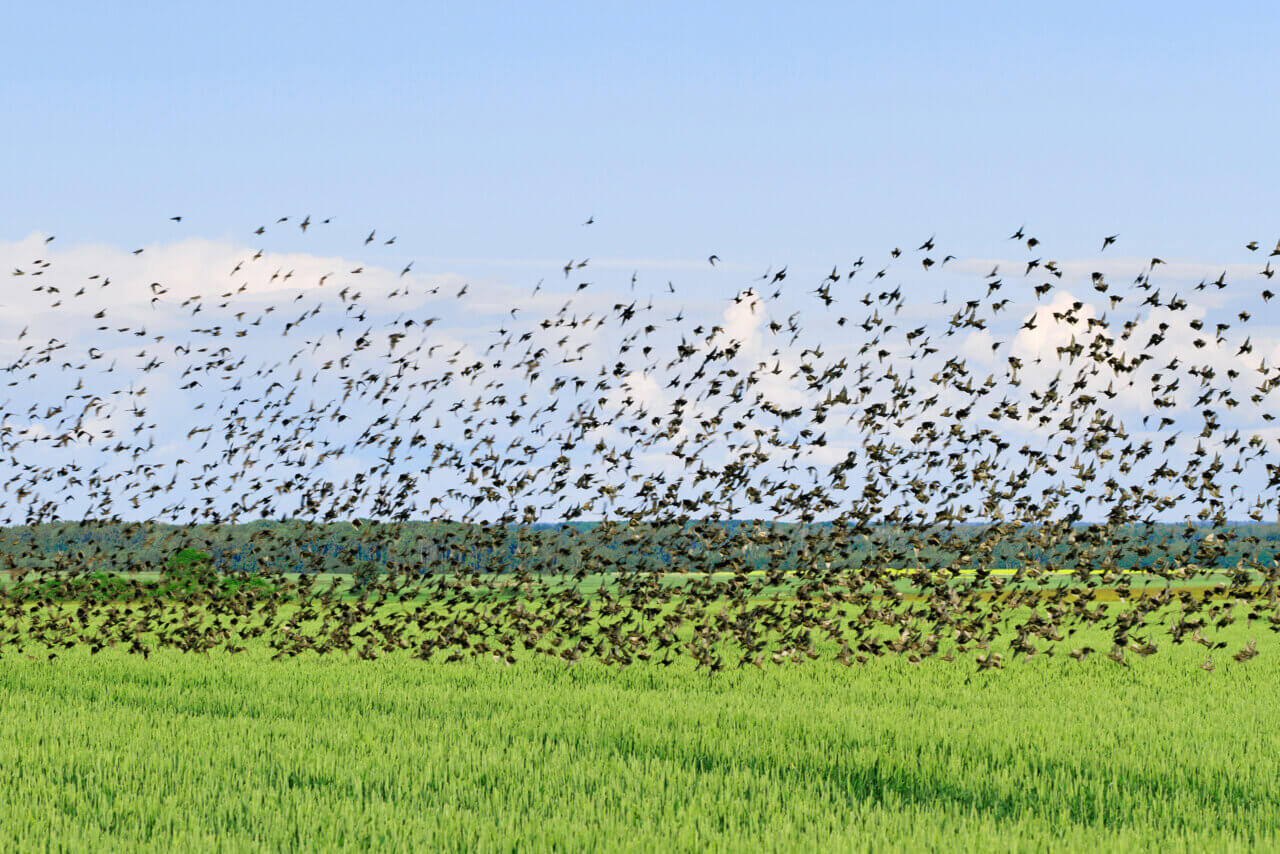A common concern among prospective clients of Rise Tape is whether it remains an effective bird deterrent at night, especially for waterfowl and migratory birds. While Rise Tape is widely recognized for its avian control capabilities during the day, its performance in low-light conditions is equally important. Understanding bird behaviour at night and how Rise Tape interacts with available light sources offers valuable insights into its effectiveness as a reliable, around-the-clock solution.
How Rise Tape Repels Birds During the Day
During daylight hours, Rise Tape works by reflecting available light off its two reflective lines on each high-visibility, bright orange ribbon. The ribbons move even with the slightest breeze and buffet in stronger winds, creating a dynamic visual disturbance that birds perceive as a potential threat.
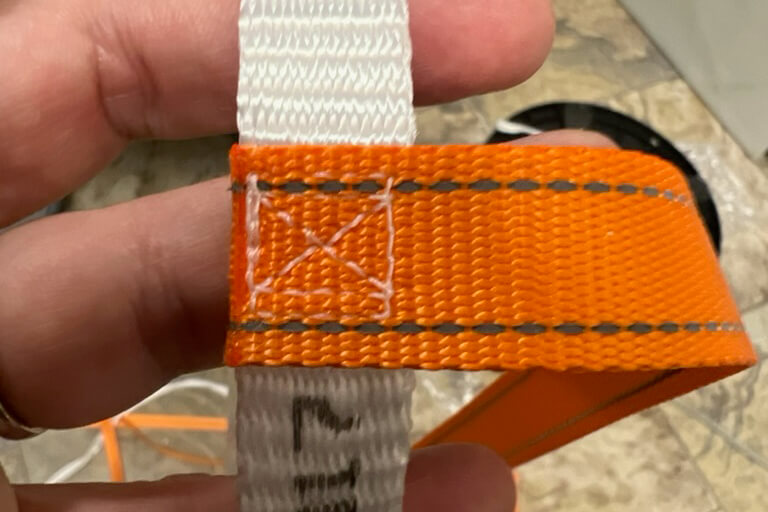
Bird Deterrent Effectiveness at Night
While visual bird deterrents generally rely on light to function optimally, Rise Tape can still offer some level of deterrence at night under certain conditions:
Moonlight & Artificial Light Sources
Rise Tape remains effective if there is sufficient ambient light from the moon, streetlights, or industrial lighting. These light sources can reflect off the tape’s surface, creating visual cues and movement that can deter birds in low-light conditions.
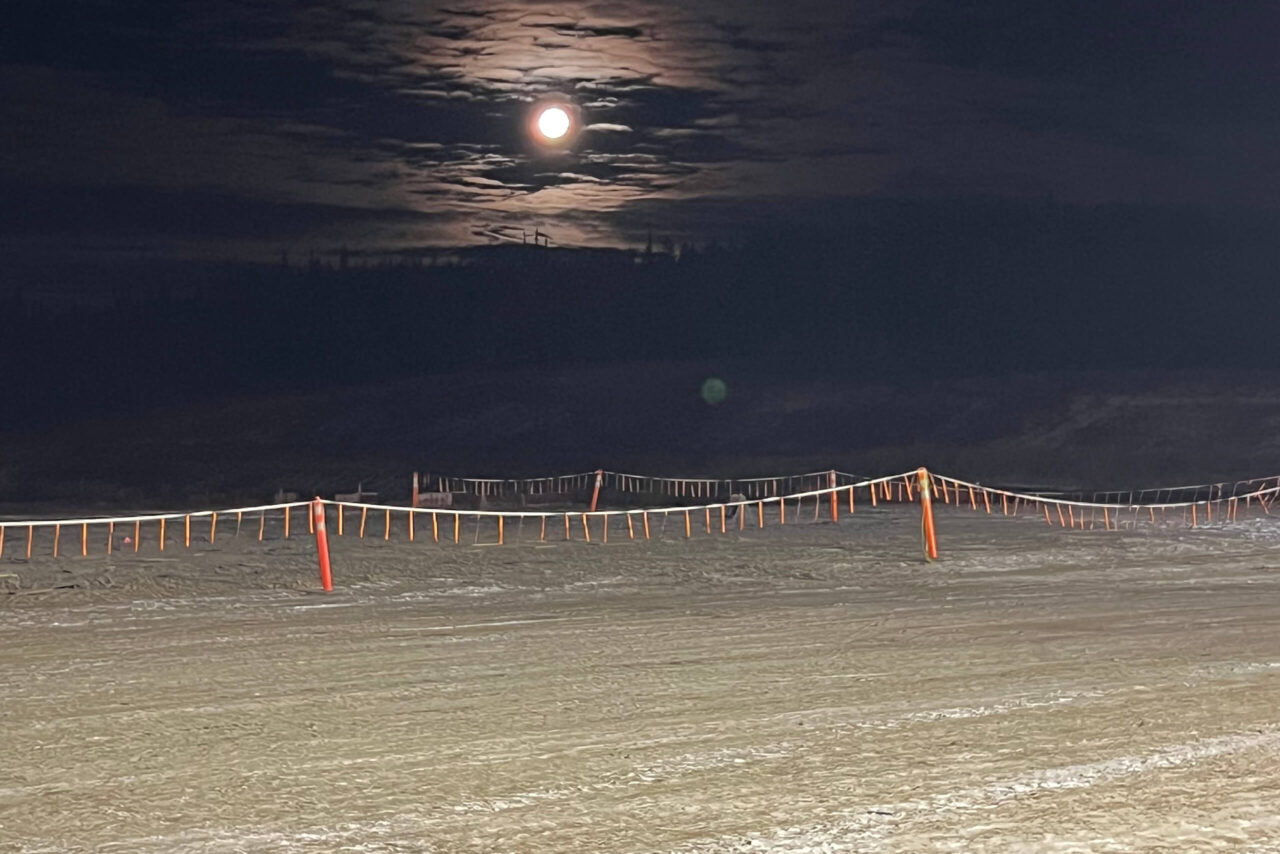
Non-nocturnal Bird Behaviour
Non-nocturnal birds, which rely heavily on their vision, experience significantly reduced activity levels at night when visibility is low. Their limited ability to navigate and detect threats in the dark makes them less likely to venture into areas protected by Rise Tape.
Nocturnal Bird Behaviour
Some bird species, such as owls, have excellent night vision and can perceive Rise Tape even in low-light conditions. This suggests that the tape’s visual deterrent properties are still effective for most nocturnal birds. Furthermore, since Rise Tape is often used to deter waterfowl from wastewater ponds and similar environments, it’s important to note that the majority of nocturnal bird species, with a few exceptions, are adapted to land environments and do not typically frequent aquatic areas.
Maximizing Rise Tape’s Effectiveness at Night
To enhance Rise Tape’s bird deterrent effectiveness at night, consider combining it with artificial lighting. Strategically placed lights can help maintain visibility and maximize the tape’s reflective properties. In locations where a permanent power source is unavailable, solar-powered, motion-activated lights can be a viable solution. While Rise Tape is highly effective on its own, supplementing it with a secondary avian control system of another type can further enhance overall effectiveness.
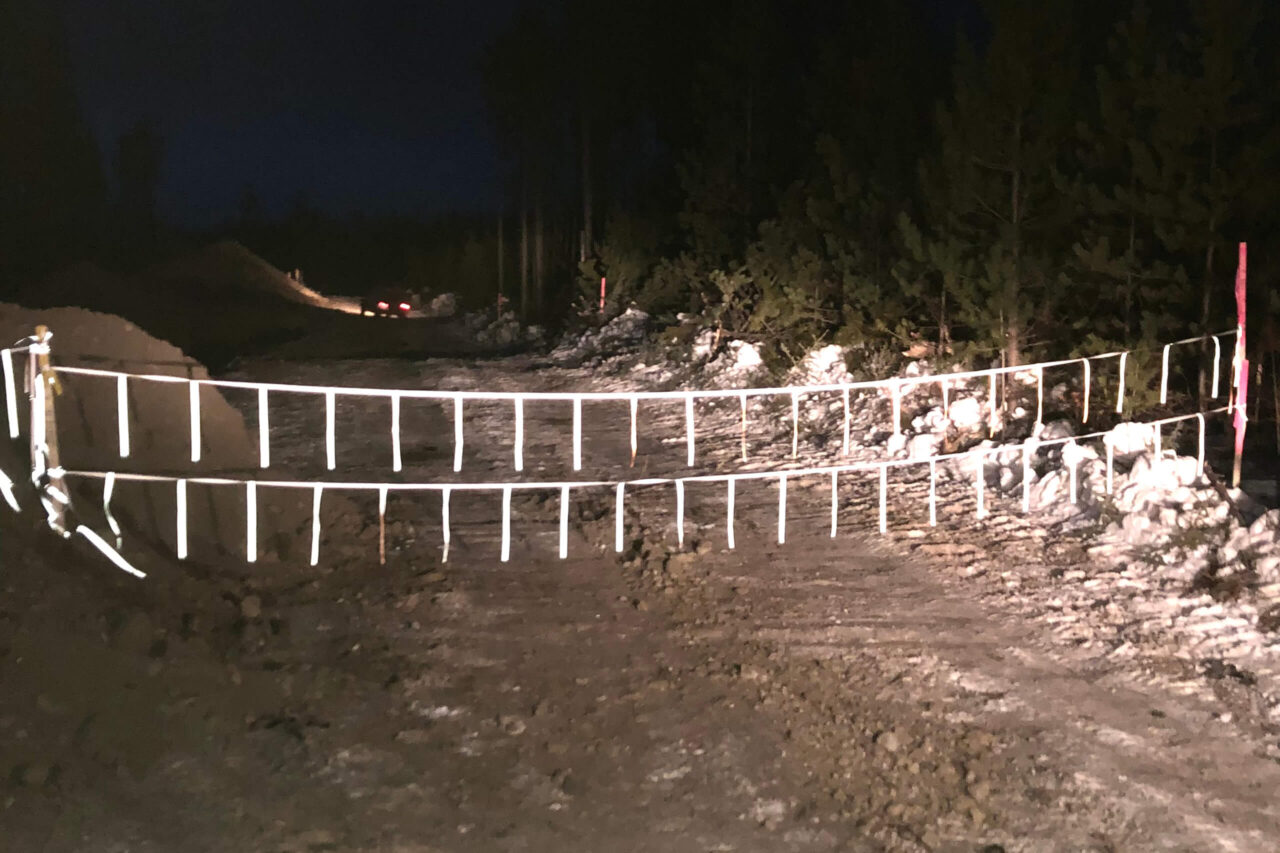
Summary
Rise Tape’s high-visibility ribbons and continuous movement create a strong visual deterrent. In low-light conditions, it can leverage ambient natural or artificial light sources to enhance its visibility. Additionally, non-nocturnal species experience reduced activity at night, while nocturnal ones are still capable of perceiving Rise Tape as a potential threat. These factors make Rise Tape a reliable and effective bird deterrent solution, providing protection around the clock.
